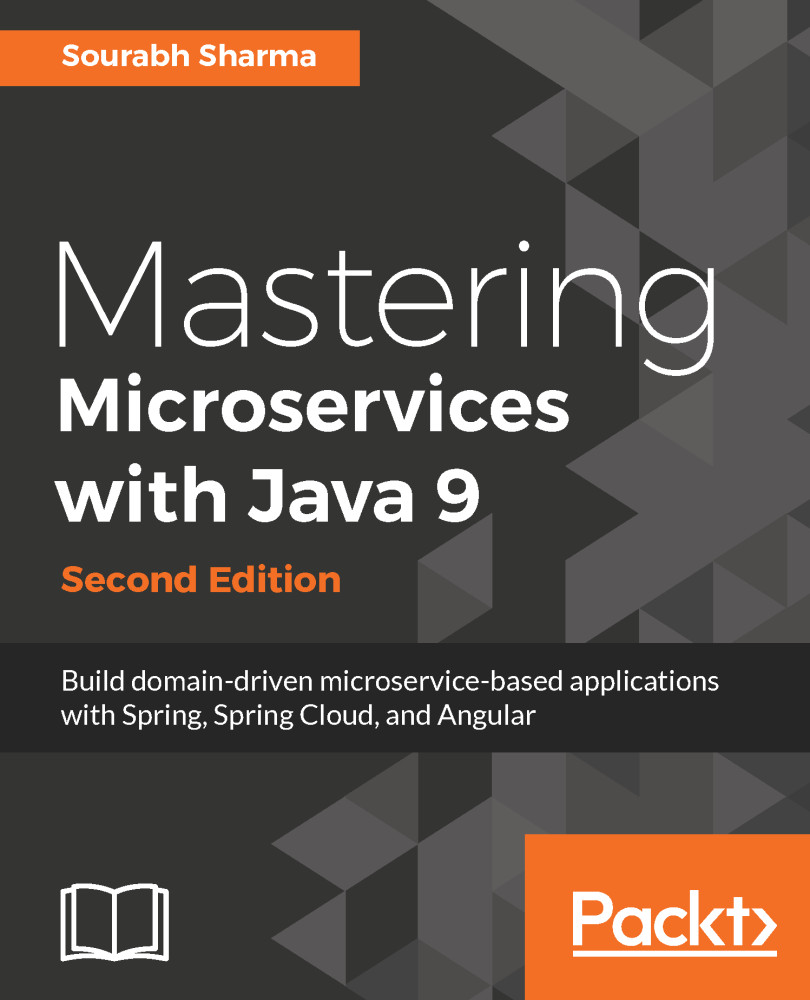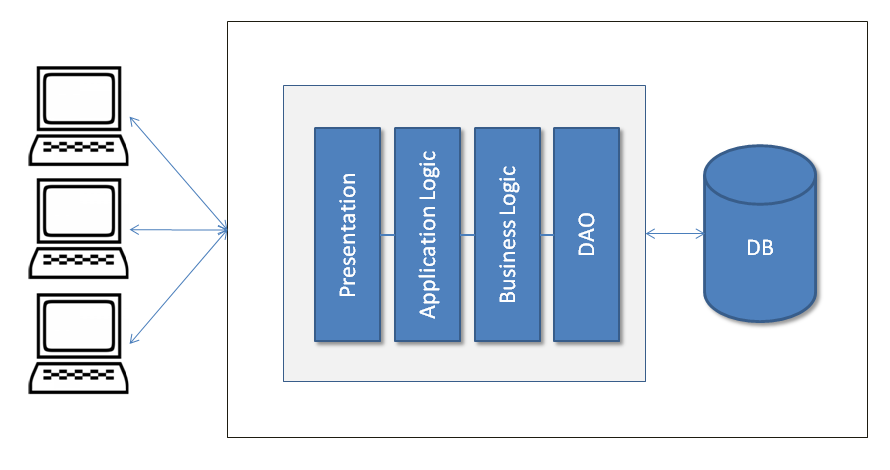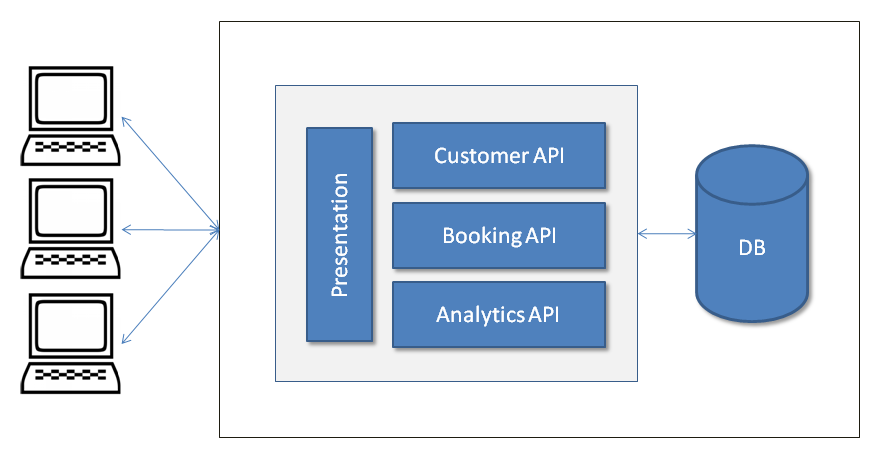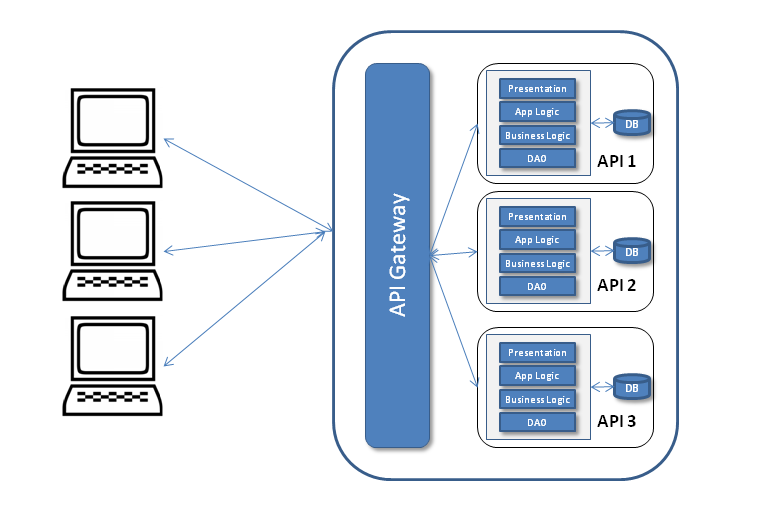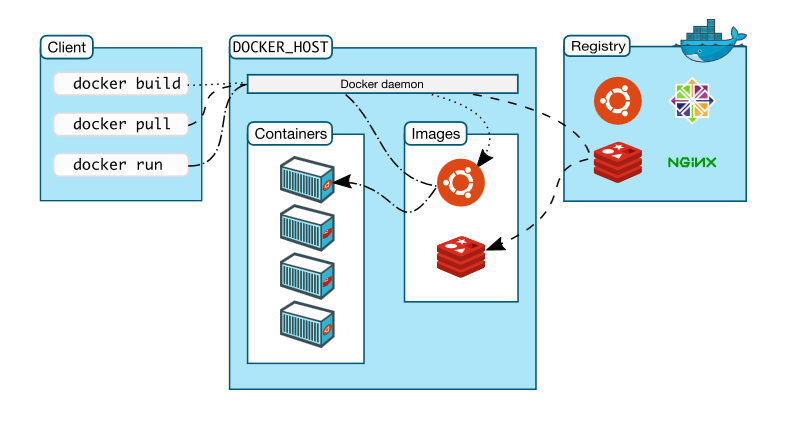Generally, large monolithic application code is the toughest to understand for developers, and it takes time before a new developer can become productive. Even loading the large monolithic application into IDE is troublesome, and it makes IDE slower and the developer less productive.
A change in a large monolithic application is difficult to implement and takes more time due to a large code base, and there will be a high risk of bugs if impact analysis is not done properly and thoroughly. Therefore, it becomes a prerequisite for developers to do thorough impact analysis before implementing changes.
In monolithic applications, dependencies build up over time as all components are bundled together. Therefore, the risk associated with code change rises exponentially as code changes (number of modified lines of code) grows.
When a code base is huge and more than 100 developers are working on it, it becomes very difficult to build products and implement new features because of the previously mentioned reason. You need to make sure that everything is in place, and that everything is coordinated. A well-designed and documented API helps a lot in such cases.
Netflix, the on-demand internet streaming provider, had problems getting their application developed, with around 100 people working on it. Then, they used a cloud and broke up the application into separate pieces. These ended up being microservices. Microservices grew from the desire for speed and agility and to deploy teams independently.
Micro-components are made loosely coupled thanks to their exposed API, which can be continuously integration tested. With microservices' continuous release cycle, changes are small and developers can rapidly exploit them with a regression test, then go over them and fix the eventual defects found, reducing the risk of a deployment. This results in higher velocity with a lower associated risk.
Owing to the separation of functionality and single responsibility principle, microservices makes teams very productive. You can find a number of examples online where large projects have been developed with minimum team sizes such as eight to ten developers.
Developers can have better focus with smaller code and resultant better feature implementation that leads to a higher empathic relationship with the users of the product. This conduces better motivation and clarity in feature implementation. An empathic relationship with users allows a shorter feedback loop and better and speedy prioritization of the feature pipeline. A shorter feedback loop also makes defect detection faster.
Each microservices team works independently and new features or ideas can be implemented without being coordinated with larger audiences. The implementation of end-point failures handling is also easily achieved in the microservices design.
Recently, at one of the conferences, a team demonstrated how they had developed a microservices-based transport-tracking application including iOS and Android applications within 10 weeks, which had Uber-type tracking features. A big consulting firm gave a seven months estimation for the same application to its client. It shows how microservices is aligned with Agile methodologies and CI/CD.

